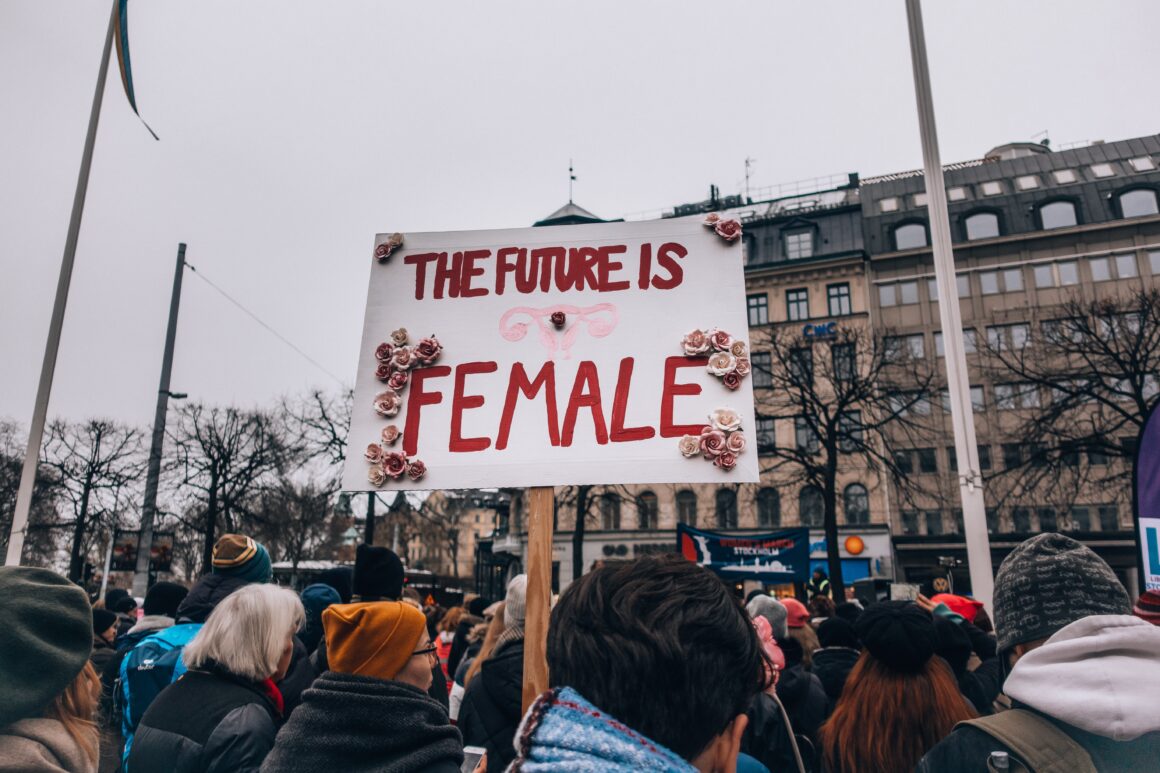School dress code: a topic that is both talked about and avoided. Most public schools and schools without a strict uniform have them. Typically, the dress code is in the student handbook, which the students are most likely told to read at the beginning of the school year. Schools tell you there is a dress code, but they don’t explicitly say what they expect from students. They want those expectations to be implicitly understood by students.
My school’s dress code is your run-of-the-mill, public high school dress code. Shorts must be “fingertip length”, no shoulders or midriffs can show, no hats, no offensive language, violent messages, weapons, or sexually inappropriate images are to be on students’ clothing. Up until I was a freshman, I was not aware of the dress code. For the most part, students followed it, and teachers did not take disciplinary action on those who didn’t because it was usually a girl who mistakenly wore a tank top or a boy who had a gun on his shirt without realizing. In high school, things changed. I realized that the teachers had no toleration for those who broke dress code, even if the student wasn’t doing any harm. Some would even go so far as to patrol the halls and hand out punishments as they saw fit. As time went on, I found myself being increasingly aware of not only what was acceptable according to the written dress code, but what was deemed appropriate by teachers.
This awareness of the dress code came about with girls being disciplined for what they wore more than boys were. I lived in fear of being disciplined for my clothing. Boys could get away with wearing shirts with women in bikinis on them, yet girls couldn’t show their bra straps without being called out. Boys could wear cutoffs, but girls couldn’t wear shorts that were “fingertip length” standing up, but not sitting down. Boys could take their shirts off during band rehearsal, but girls were disciplined for wearing spandex shorts and sports bras during the same rehearsal. The double standard of my school dress code showed itself to me, and I was furious.
I soon began to realize that this problem doesn’t only exist at my school.
Girls around the country and the world are subject to unfair treatment just because of the clothes they wear to school. Recently, a senior at a high school in North Carolina was suspended for ten days and barred from attending any senior activities, including graduation. This was all over a shirt that rested lower on her shoulders than was acceptable according to her school’s dress code. When told this, she put on her friend’s jacket and zipped it up all the way. Still, the principal wasn’t satisfied and demanded the student change. When she refused, he suspended her.
Another student from a private school in Florida got a call from school administrators asking her to change her natural hair. They used the excuse that it was against the dress code. In the student handbook, “dread-like” hair was seen as breaking the dress code. However, the student and her family spoke to the school administration, and, instead of punishing the student, the administration agreed to remove the rule about “dread-like” rule in the dress code.
In my experience, I have seen numerous girls be reprimanded for the clothes they wear. But, I had never really seen boys be dress coded at my school until recently. One boy in a class was wearing a cutoff tee shirt. The shirt was showing the sides of his abdomen and his shoulders and was open on the sides from his shoulders to his waist. The teacher told him that it was against the dress code, and that he would be written up for it. The principal was called to the classroom. As soon as the principal walked into the room, he told the boy he was fine and left. The teacher was dumbfounded and so were the students. If a girl had been wearing that same shirt, she probably would’ve gotten a detention and been told to change.
In another instance, it was the last day of school. A group of boys, ranging from freshmen to juniors, decided to wear shorts, cut-off flannel shirts, and cowboy hats. I noticed it as soon as I pulled into the parking lot, and I knew they were breaking dress code, but that they probably wouldn’t be reprimanded. I was right. They made it about an hour into the school day before the principal went around and collected the hats from the boys. I was in class with two of the boys, both of whom were wearing cut off shirts along with their hats. All the principal said was “I better not see you wear these hats in school again.” That was it. No telling them to change their shirts, no detention after school, no humiliating them in front of the class, no body shaming. Just a quiet warning that was, really, barely a warning.
It isn’t really the fact that dress codes exist that bothers me. It is the double standards that exist with those dress codes. Stories about boys being suspended in their senior year of high school don’t show up in the news and on social media because that doesn’t happen to boys. If dress codes are to exist, they at least need to be equally enforced among the genders, and excuses that body shame girls should not be used.


